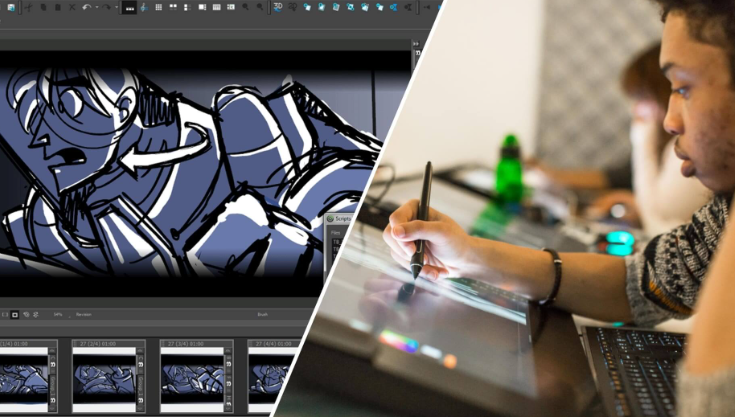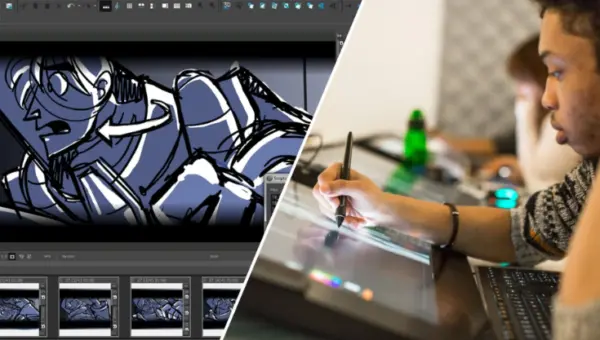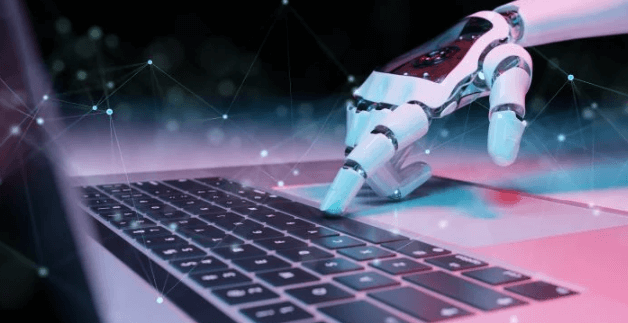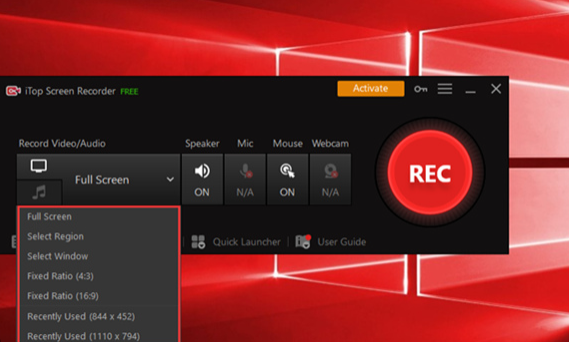The Art and Science of Animation Making


Contents
Introduction
Animation is a fascinating and everevolving field that has captivated audiences for decades. From the earliest handdrawn animations to the cuttingedge 3D computergenerated masterpieces of today the art of animation making has come a long way. In this article we will delve into the captivating world of animation exploring its history techniques and the creative processes that bring characters and stories to life.
The Evolution of Animation
Animation a great option has a rich history dating back to the late 19th century. One of the earliest forms of animation is the zoetrope a spinning device that creates the illusion of motion from a series of still images. Over the years animation techniques have advanced significantly including the introduction of handdrawn animation stopmotion and the revolutionary leap into computergenerated imagery (CGI).
Hand Drawn Animation: The Classic Approach
Handdrawn animation involves creating a sequence of images on paper with each image slightly different from the previous one. When played in rapid succession these images give the illusion of motion.
This traditional method gave rise to iconic characters like Mickey Mouse and Snow White.
Studios like Disney pioneered handdrawn animation setting the standard for storytelling and artistic expression in animation.
Stop Motion Animation: A Labor of Love
Stopmotion involves moving physical objects such as clay figures or puppets in small increments and capturing each movement as a single frame.
Popular examples include “The Nightmare Before Christmas” and “Coraline.”
Stopmotion animation requires immense patience and attention to detail.
Computer Generated Animation: A Digital Revolution
The advent of CGI brought animation into the digital age enabling filmmakers to create breathtaking visuals.
Pixar’s “Toy Story” was a gamechanger with its entirely computeranimated world.
CGI animation involves creating 3D models texturing rigging and animating them with powerful software tools.
The Animation Process
Regardless of the technique animation is a complex process that requires a collaborative effort from artists animators writers and directors.
PreProduction:
Concept and Storyboarding: This phase involves developing the story creating characters and sketching scenes.
Scriptwriting: The script is the foundation of any animation providing a roadmap for the entire project.
Voice Acting: Casting and recording voice actors bring the characters to life.
Production:
Animation: This is where the actual creation of movement takes place. For handdrawn and stopmotion it involves crafting individual frames or manipulating physical objects. For CGI it involves creating keyframes and letting the computer generate the inbetween frames.
Music and Sound: Music and sound effects are added to enhance the emotional impact of the animation.
Post Production:
Editing: The individual frames or scenes are compiled and edited to create a seamless flow of motion.
Special Effects: Additional effects can be added to enhance the visual appeal of the animation.
Challenges in Animation Making
Animation making is a labor intensive process that demands dedication creativity and technical expertise. Some of the challenges animators face include:
Time Consuming: Animation particularly hand drawn and stop motion can be incredibly time consuming often requiring thousands of hours of work for just a few minutes of screen time.
Technical Mastery: CGI animation requires advanced knowledge of complex software and 3D modeling techniques.
Creativity: Animators must continually push the boundaries of their creativity to bring fresh engaging stories to the screen.
Collaboration: Effective collaboration among team members is essential as animation projects often involve many specialists.
Conclusion
Animation making is a blend of art and science that continues to evolve captivating audiences with its diverse and compelling stories. From the early days of hand drawn animation to the digital wizardry of CGI animation has demonstrated the power of creativity and innovation. As technology continues to advance it’s exciting to imagine what the future holds for this dynamic field where the only limit is the imagination of the animator.





